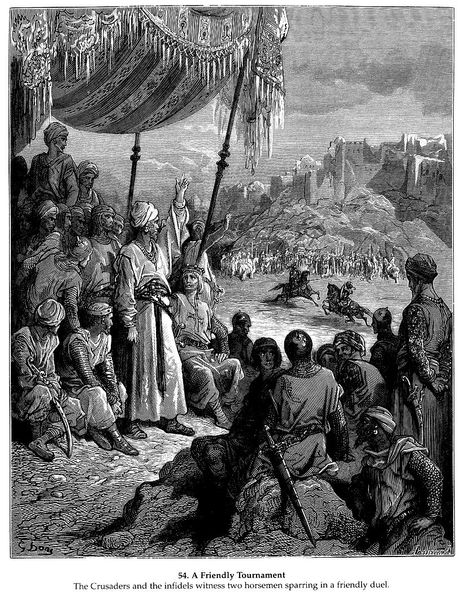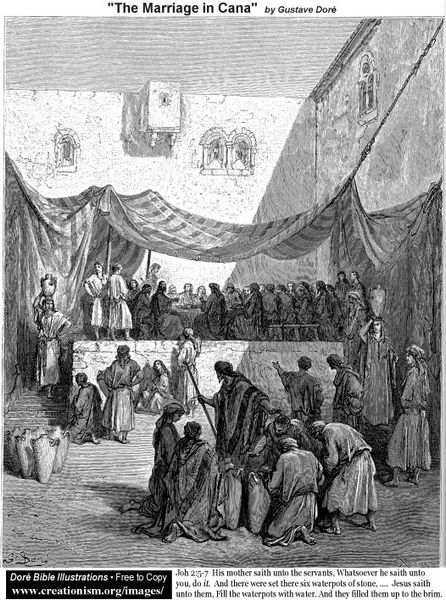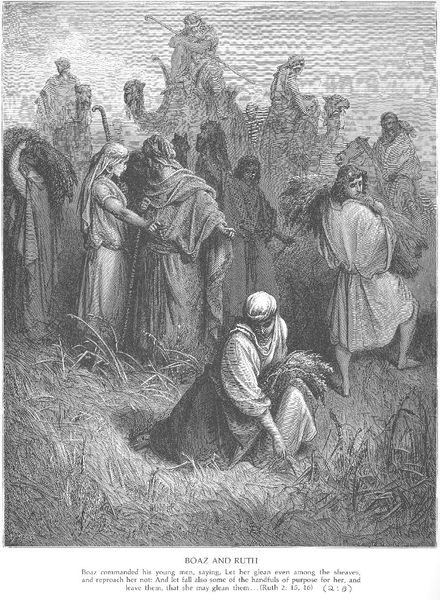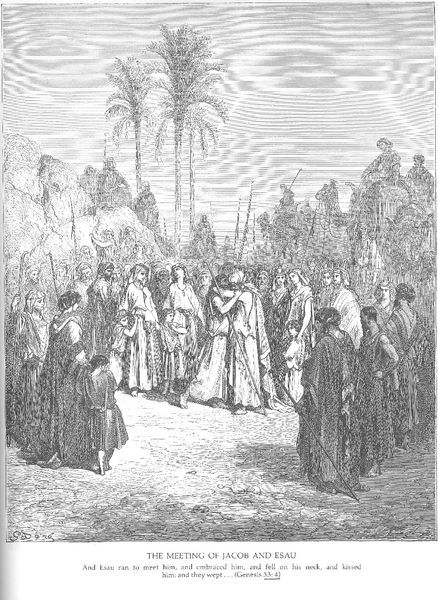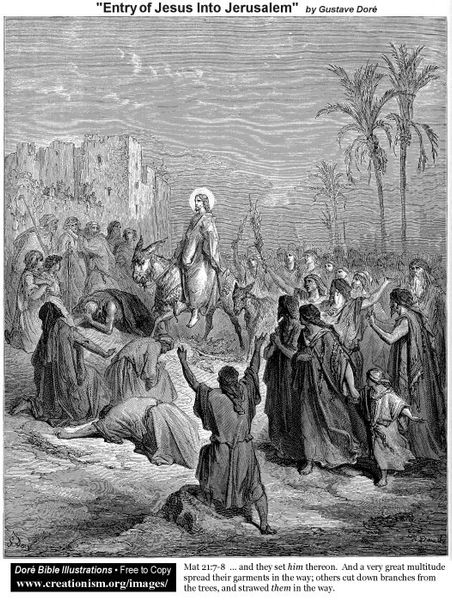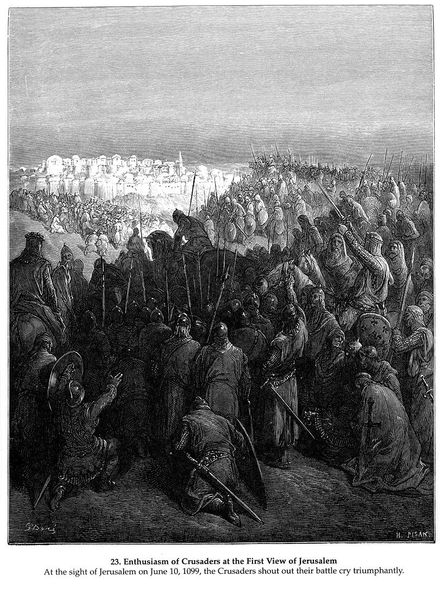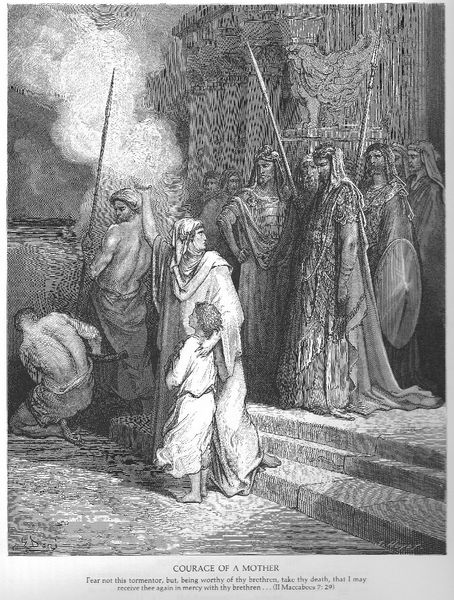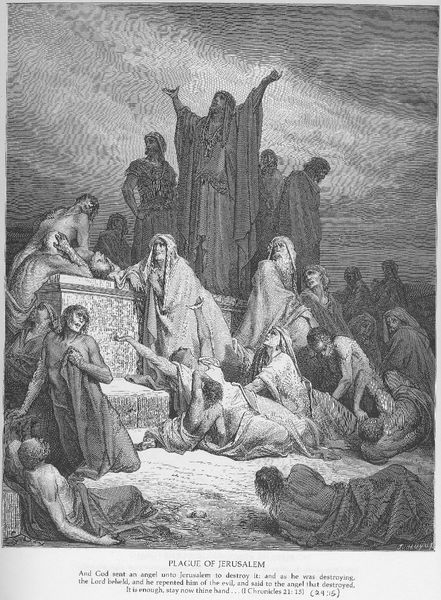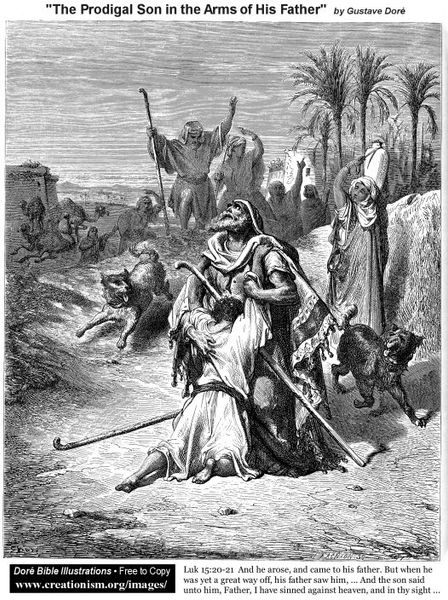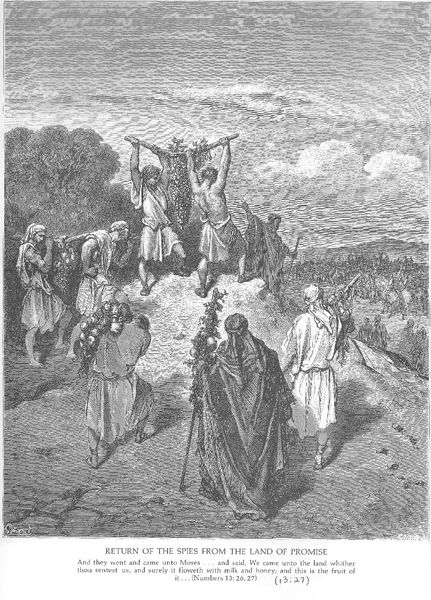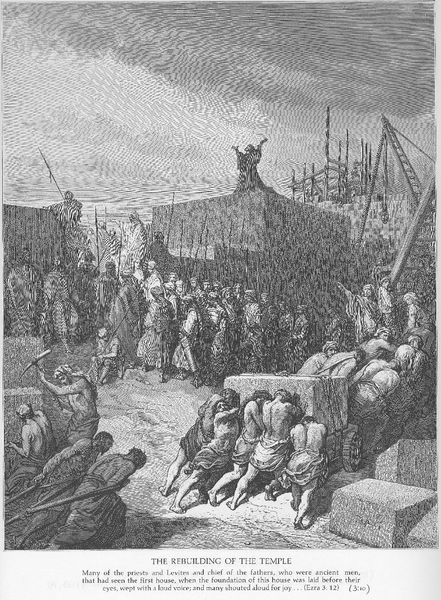
drawing, print, ink, engraving
#
drawing
#
narrative-art
# print
#
charcoal drawing
#
figuration
#
black and white theme
#
ink
#
black and white
#
orientalism
#
engraving
Copyright: Public domain
Gustave Doré made this illustration for an edition of Cervantes’ “Don Quixote” in 19th-century France. Doré, a celebrated artist within the established French art world, here illustrates a story that critiques the very foundations of European society. Doré uses stark contrasts and dramatic compositions, typical of the period’s Romanticism, to emphasize the folly and idealism of Quixote’s adventures. His Quixote embodies a longing for a bygone era of chivalry, a critique of modernity’s disenchantment. But what are the politics of this imagery? The visual codes, the romanticized exoticism of the Moors, are presented here in an Orientalist fantasy, reflecting France’s colonial gaze and its own imperial ambitions in North Africa at the time. To understand Doré’s illustration more fully, historians might consult French literary criticism of the era, studies of French colonialism, and the history of book illustration. The meaning of this artwork is contingent on the social and institutional contexts in which it was produced and consumed.
Comments
No comments
Be the first to comment and join the conversation on the ultimate creative platform.
